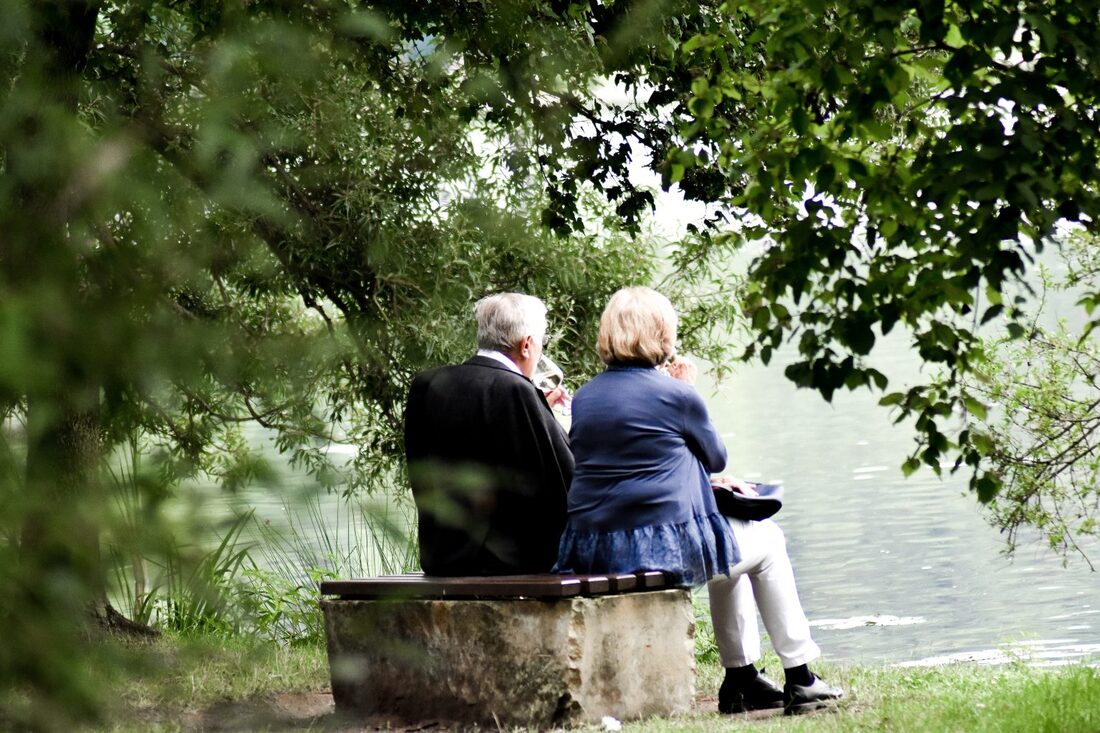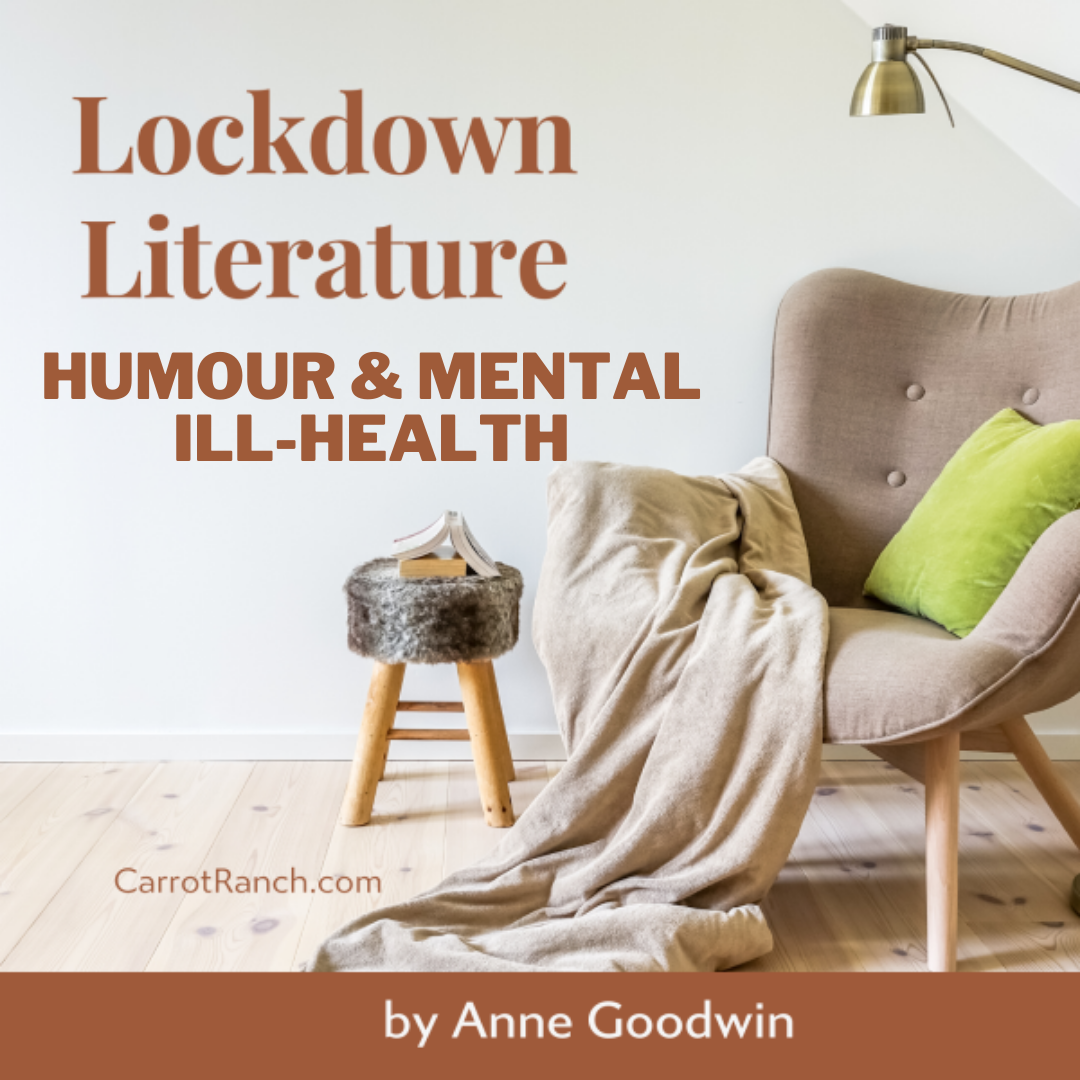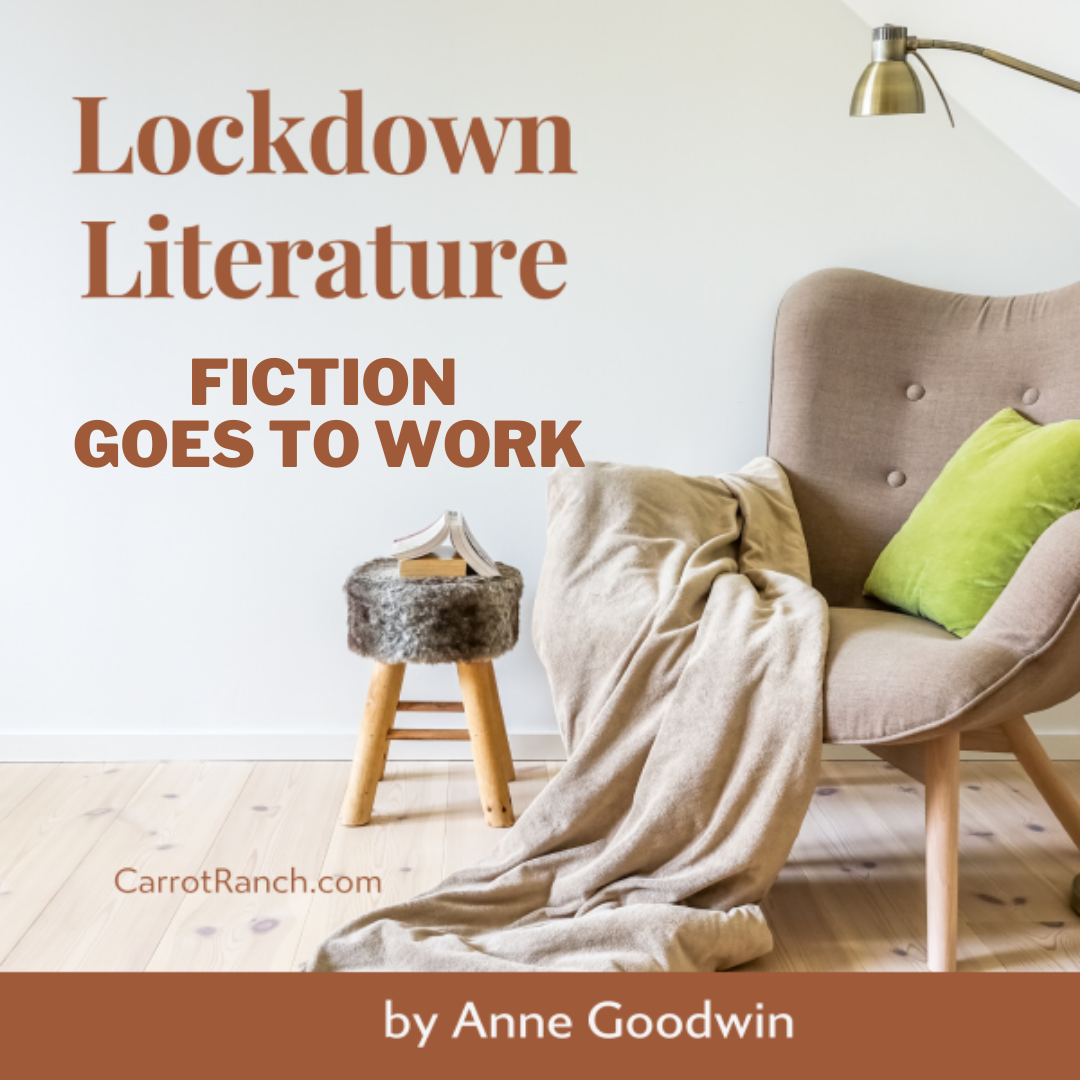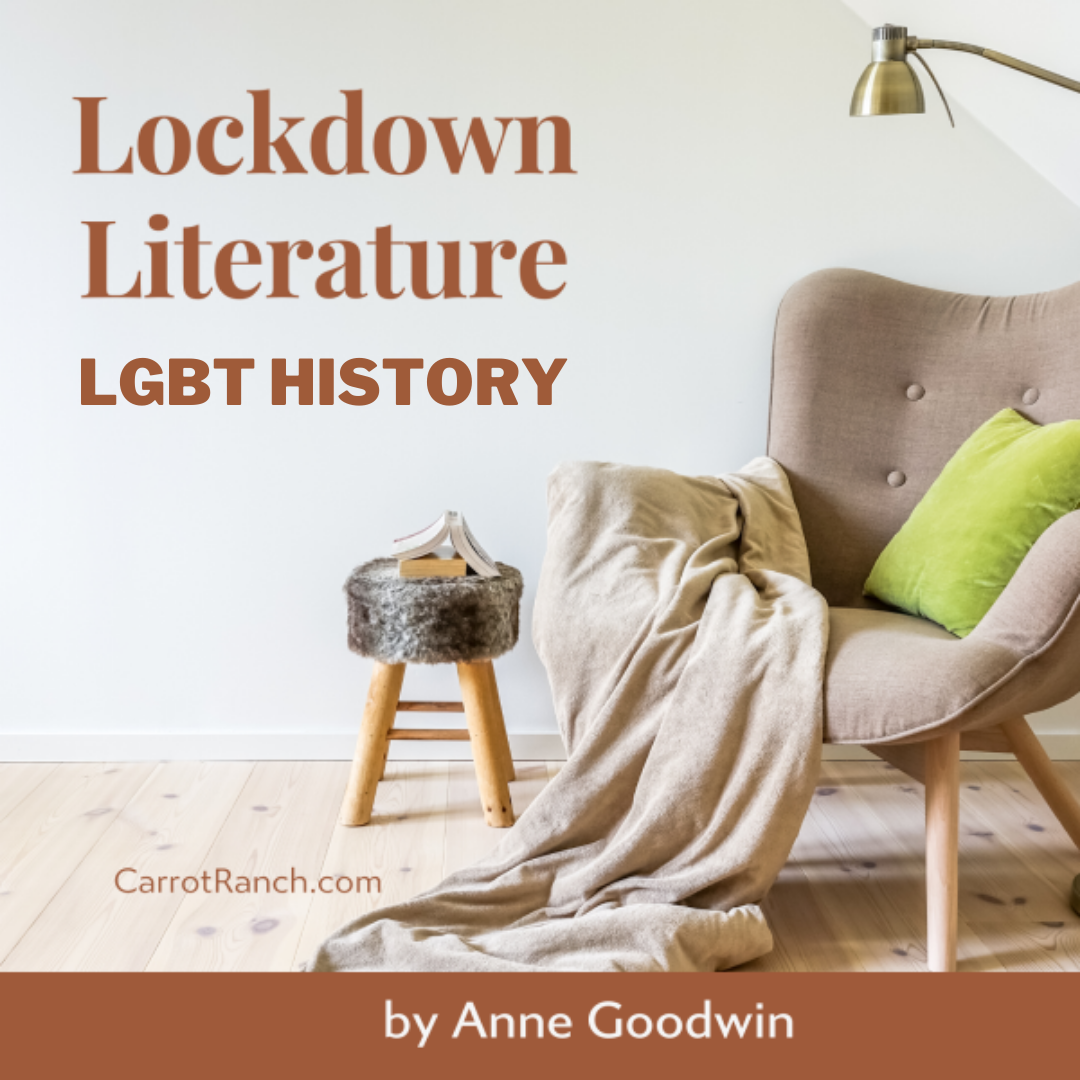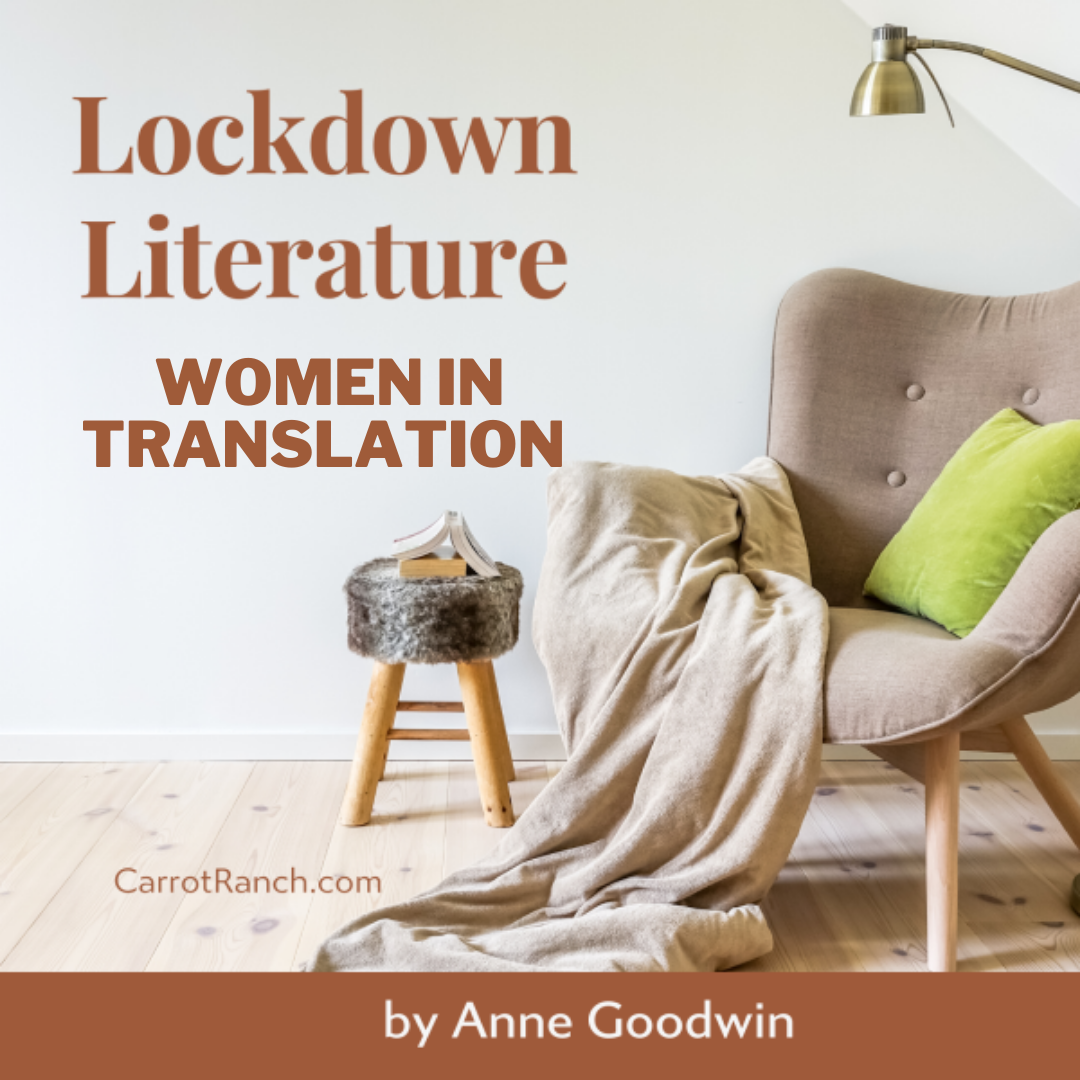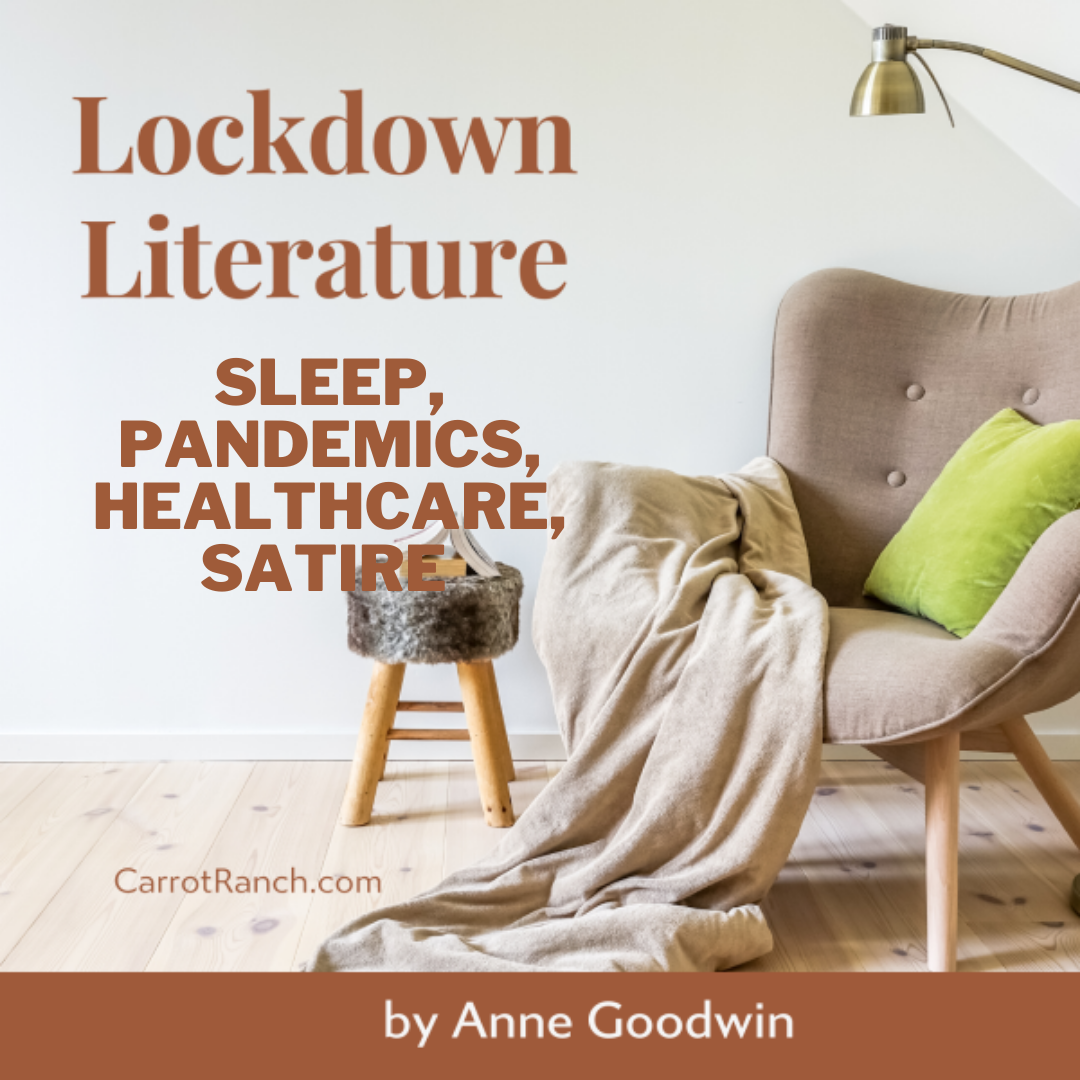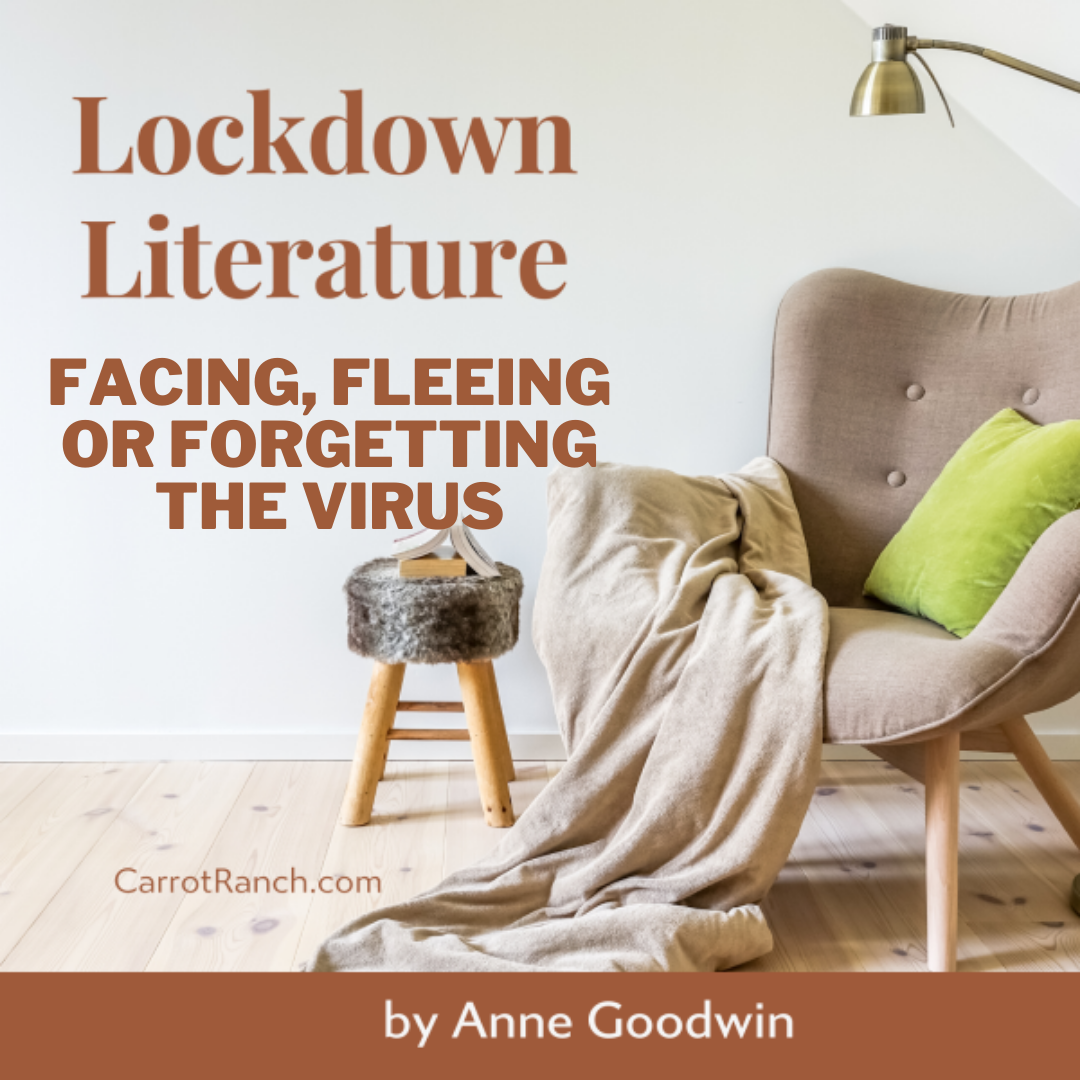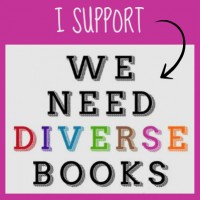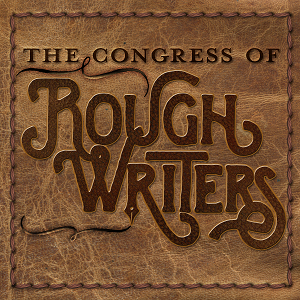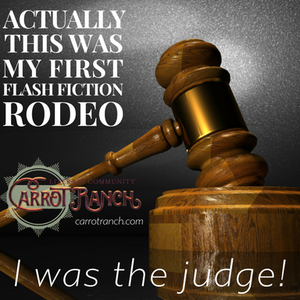Welcome
I started this blog in 2013 to share my reflections on reading, writing and psychology, along with my journey to become a published novelist. I soon graduated to about twenty book reviews a month and a weekly 99-word story. Ten years later, I've transferred my writing / publication updates to my new website but will continue here with occasional reviews and flash fiction pieces, and maybe the odd personal post.
|
A historical novel about Arctic exploration or a novel set in a near-future South Africa? A romance or an account of a relationship falling apart? A motherless girl or a fatherless boy? Wild animals or ice? Both of these novels explore the conflict and compassion that connects us to the natural world, but it was a bonus for me to read that the protagonist of Green Lion told his friend that his father was killed in a hunting accident in the Arctic, the setting of Under a Pole Star. Read on to see if I was right to pair these reviews.
4 Comments
Two authors with their own lived experience of the challenges of working in South African health care. Two fictional healthcare professionals forced to confront their own privilege within the system and the limitations of what they can achieve. One black, one white; one psychologist, one medical doctor; one in contemporary post-apartheid, one in an imagined dystopia in which it never ends. Two political novels; two engaging reads. Let me know which of them takes your fancy.
It’s my pleasure to introduce two recently published short novels about westward migration. The historical perspective of the first, driven by the aftermath of the Second World War, and the allegorical style of the second, with a contemporary and/or future orientation, shine a hopeful light on a phenomenon currently depressingly exploited by right-wing politicians. These novels remind us that no society is ever static and, wherever we are positioned on the immigration issue, humans and the communities we build are highly adaptive.
I’ve enjoyed these two novels about how we manage the end of life, the first through old age and the second through assisted dying. Mortality gets us all sooner or later; what better way to face it than with a novelist holding our hands?
Is satire redundant when the World’s Most Powerful Narcissist tweets his outrage at the slightest scratch on his orange-tinged carapace, while She Who Should Be Humbled files for divorce from Europe in the full knowledge that this will leave her dependants economically and morally depleted, and literally humbles the Bejewelled Great-Grandmother by committing her to take her New Suitor for a spin in her horse-drawn carriage? Publication proceeding at a slower pace than populist politics, these two novels – the first set in a dystopian near-future and the second in 2013 – were conceived prior to the dystopia that was 2016 but can still evoke a shudder in these early days of 2017.
I’ve enjoyed these two novels from established female British writers exploring a possible future. The first speculates on the consequences of climate change and a low birthrate, whereas the second subverts gender politics imagining a world in which women have no reason to be afraid of men.
Read on, and see which takes your fancy!
Becoming a person: The Cure for Suicide by Jesse Ball & The Man I Became by Peter Verhelst22/2/2016 Let me share with you my reflections on two highly original novels about dissemblance and truth in the process of becoming a person. Although the publishers don’t do so, I’m classing both as slipstream fiction, a place between fantasy, sci-fi and literary fiction I’ve also explored in my own short stories. Read on, and let me know what you think.
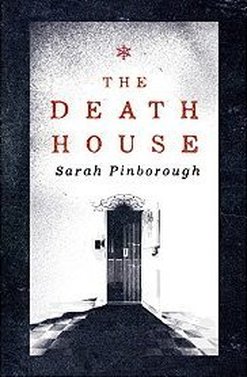 A bunch of teenagers lounge about in a country house on a remote island. They form gangs, their leaders battling for supremacy, though, with nurses and teachers standing on the sidelines, it’s not quite Lord of the Flies. Drugs also help to maintain order, in the form of the nightly “vitamins” that the narrator, Toby, secretes in his bedpost, leaving him free to wander through the house while the others sleep. Although, when he witnesses one of the boys being taken at night to the top-floor sanatorium, he almost wishes he’d stayed in bed. Everyone knows why they’ve been wrenched from their families to live in the Death House yet, through a mixture of boredom, bravado and emotional distancing, they try to defend themselves against the truth. Blood tests have shown that their defective genes have been activated; the adults are merely keeping watch for the signs of their sickness to show. 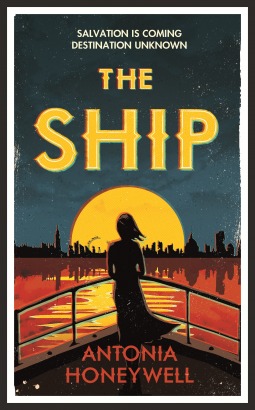 Born “at the end of the world”, Lalla has led a sheltered life, protected by her father’s wealth and her mother’s constant vigilance from the worst extremities of post-apocalyptic London. Although deprived by today’s standards, relative to the conditions of the stateless squatters in the British Museum, which she visits with her mother every day in lieu of school, she lives in luxury, with locks on the door of their flat and the prospect of tinned peaches for her birthday dinner. Her father, Michael, visits intermittently, spending most of his time procuring goods that will stock the ship he has purchased for her salvation and that of another 500 worthy souls. On her sixteenth birthday, after Lalla’s mother is fatally wounded by a shot through the window of their flat, Michael takes his daughter to set sail for a better life. Initially, Lalla’s unhappiness is attributed to her grief at her mother’s death, exacerbated by her father’s insistence that those on board should renounce all ties to the past. Even her developing passion for football-coach Tom cannot prevent her unease at what is happening. The other passengers, selected on the basis of their generosity to others or resistance to the military regime, see Michael as a Messiah figure and are increasingly frustrated by his daughter’s apparent rejection of his largesse. 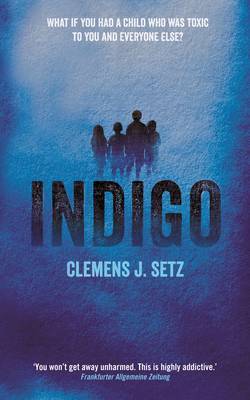 The blue cover of the English edition shows a silhouette of four young people above a précis of the pitch: “What if you had a child who was toxic to you and everyone else?” At the bottom, a further enticement, or is it a warning? “You won’t get away unharmed.” I wasn’t expecting to be disturbed by a futuristic novel about a sinister epidemic of which children are the only carriers, causing anyone who comes near them a barrage of symptoms including dizziness, severe headaches, and nausea. It might not be everyone’s cup of tea, but the darker side of the relationship between old and young, and the devastating impact of parental distance on children’s development, is familiar territory for me, and I looked forward to seeing how this would be explored. The back-cover blurb did nothing to discourage me, but perhaps I ought to have paid more attention to the phrase “part postmodern puzzle”, post-modernism being a concept I’ve consistently failed to understand. 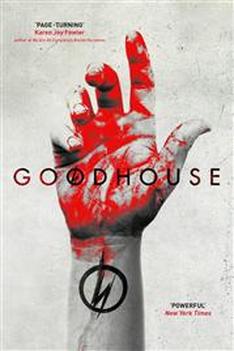 America at the end of the twenty-first century: a world of droughts; advanced technology; and boys identified with the gene for criminality compulsorily enrolled in corrective institutions from the age of three. James is one such child: a Level 1 student with the prospect of a decent life on graduation in under a year’s time. That’s if he can abide by the school’s strict regulations to avoid accumulating any “demerits” and prevent the memories of a vicious arson attack on his previous school from disturbing his calm. Yet, brutal as the school may be, James is anxious about venturing into the civilian world with its confusing freedoms and potential encounters with the hostile Zeros, religious fundamentalists intent on purifying the world by fire. When, on his first Community Day outing, he steals a girl’s barrette hair slide, a set of progressively harsher punishments is set in train which sees James, not only losing his relatively protected status, but uncovering a network of corruption within the school far deadlier than he could have imagined. 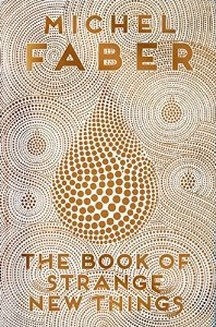 Beatrice and Peter are united in their love for each other, their church and God, but when only he is selected as missionary to a faraway planet, they accept their separation with goodwill. Rocketing trillions of miles in a drug-induced coma, Peter is too excited by the challenge to question the motives of USIC, the organisation that has recruited him. His first hours on the base are a catalogue of strange new things: the green water that tastes of melon; the humid atmosphere that twirls and creeps like prying fingers beneath his clothes; the community of loners quietly engrossed in their various roles in establishing the colony. But Peter has not been recruited to attend to the spiritual needs of his fellow humans; his job is to satisfy the indigenous population’s thirst for what he calls the Bible and they “the book of strange new things”. To the earthlings, the Oasans are disturbing creatures, despite their small and frail stature, shrouded in hooded robes of a fabric “disconcertingly like a bath towel” that intermittently reveal faces like twin foetuses “nestled head-to-head, knee to knee”. But, trusting in God and humbled by their openness to Christian the message, Peter easily overcomes his initial revulsion. 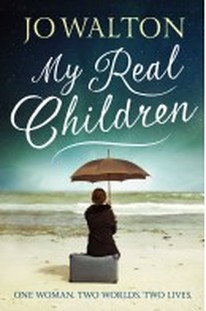 One of the joys of fiction is its capacity to let us sample alternative lives. But even in fiction, a character can follow only one path. Or can they? Some writers have played with our human desire to know what would have happened had we chosen that route rather than this by following both. In The Post-Birthday World (described in a mini review here from Safia Moore) Lionel Shriver shows us the consequences of the main character Irina’s decision to both give into and resist the temptation to have an extramarital affair. My Real Children follows a similar structure, with alternate chapters focusing on the Tricia who marries Mark and the Pat who doesn’t. The novel begins with Patricia reviewing her life. Nearing ninety and resident in a care home, she is often described by the staff as “very confused”. But her confusion has an extra layer to the usual fictional dementia: she has vivid memories of two separate selves with two distinct sets of children. Both threads begin with a little girl called Patsy, playing on the beach with her father and brother. They also include Patty evacuated with her school at the outbreak of the Second World War which kills both her father and brother. Patty makes it to Oxford University where she almost crosses paths with Wittgenstein and Alan Turing and, only a few days before graduation, falls for the somewhat intense Mark. After a two-year separation and countless passionate letters, Mark phones her to ask her, somewhat hopelessly, to marry him.  Do you ever ponder your dependence on the modern world and wonder how you’d adapt if it came to an abrupt end? My ability to grow my own food, knock up a functional mortise and tenon joint and navigate across country on foot might provide me a modicum of security, but I’d be useless without my glasses to see where I was going and clueless at working out how to make electricity from scratch. And who knows, until we find ourselves in a situation that demands it, whether we have the mental and physical capacity to kill another human being to save our own skins? I don’t know if it’s surviving trauma that evokes such apocalyptic philosophising or whether it’s integral to the human condition. There’s certainly an attraction in the theme for writers of fiction; I’ve just counted seven novels on my bookshelves that speculate on the impact on human society of devastating global pandemics or massive climate change. You might have even more, so how do I persuade you that Station Eleven is the one you really must read? I received my proof copy several months prior to publication and, although I was interested in the premise, I wasn’t in a great hurry to read it, perhaps put off by the hype. It’s described as perfect for fans of Hugh Howey, who I’ve never read, and Margaret Atwood, who I have, a lot. I can detect the similarities to The Blind Assassin and Oryx and Crake, both books I loved, but I’m not a fan of fanfiction. In a fair world, where writing was judged on its merits, Emily St John Mandel wouldn’t need to be compared with the literary greats. She is an excellent writer in her own rights. More fool me for not picking it up sooner. |
entertaining fiction about identity, mental health and social justice
Annecdotal is where real life brushes up against the fictional.
Annecdotist is the blogging persona of Anne Goodwin:
reader, writer, slug-slayer, tramper of moors, recovering psychologist, struggling soprano, author of three fiction books. LATEST POSTS HERE
I don't post to a schedule, but average around ten reviews a month (see here for an alphabetical list), some linked to a weekly flash fiction, plus posts on my WIPs and published books. Your comments are welcome any time any where. Get new posts direct to your inbox ...
or click here …
Popular posts
Categories/Tags
All
Archives
March 2024
BLOGGING COMMUNITIES
|
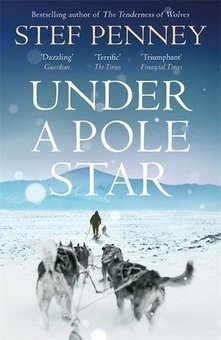
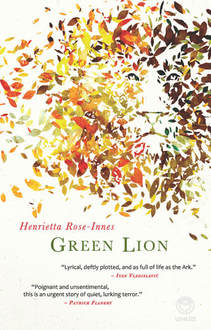
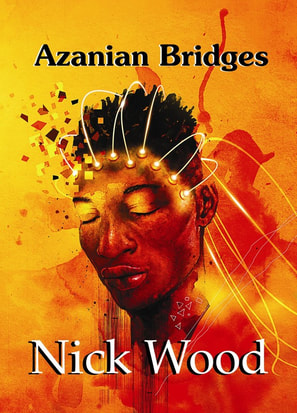
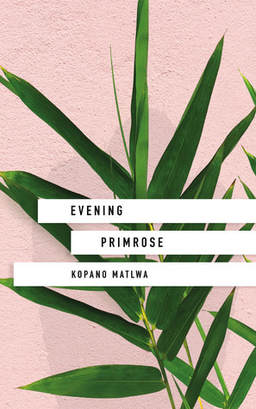

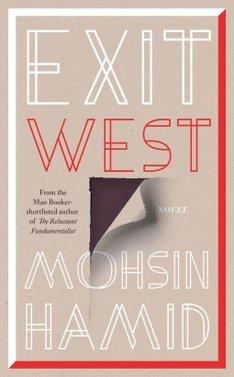
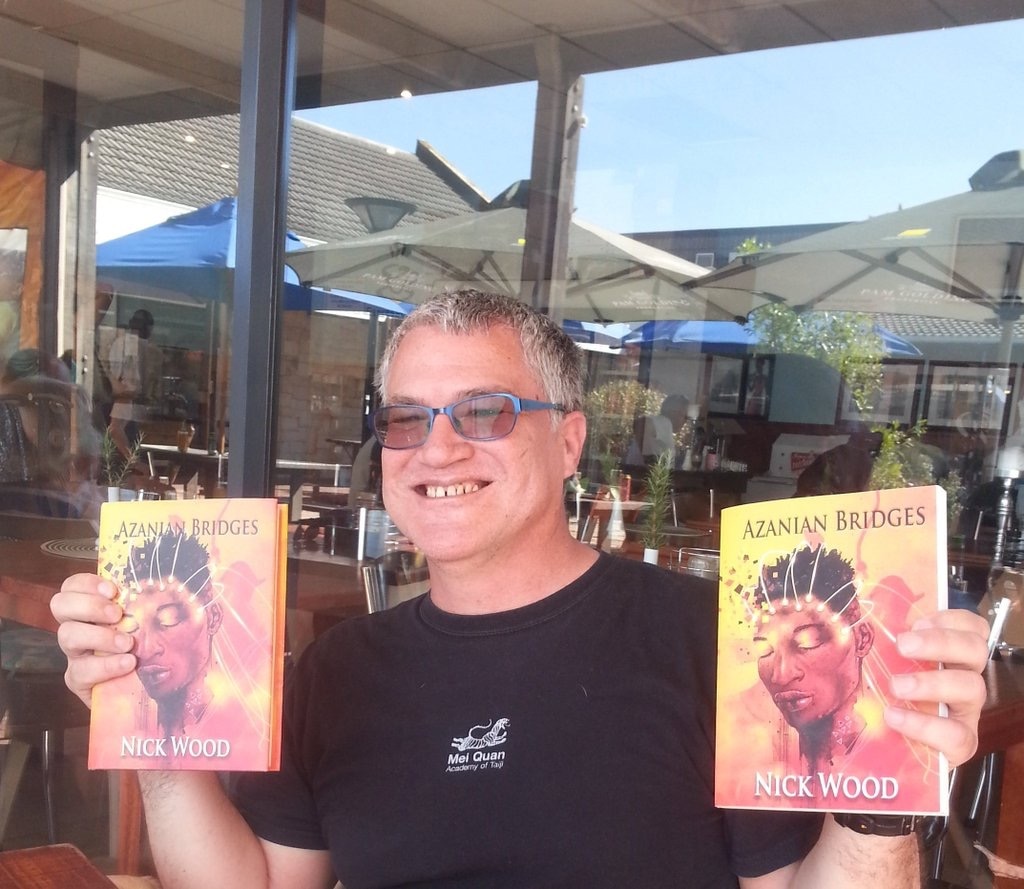
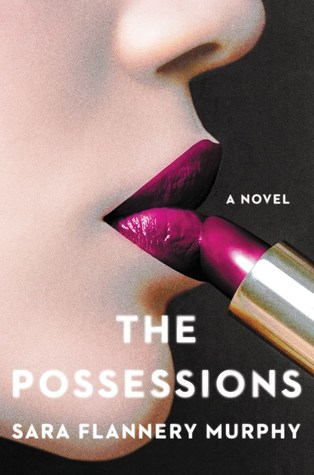
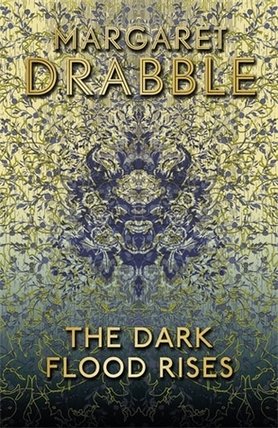
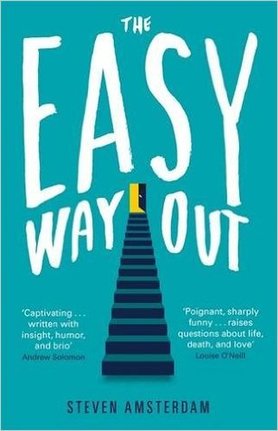
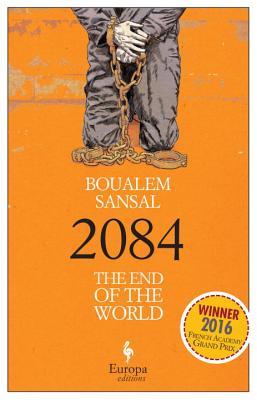
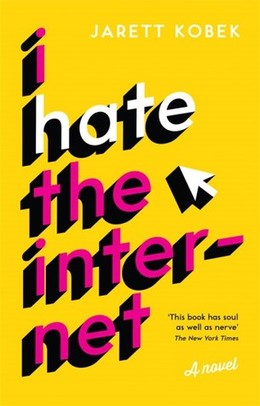
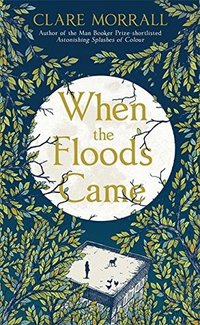
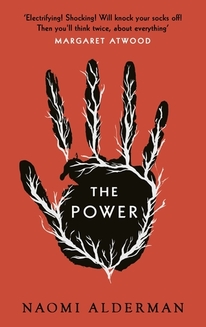
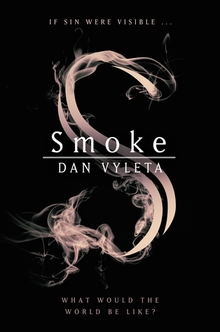
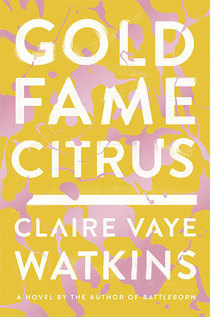
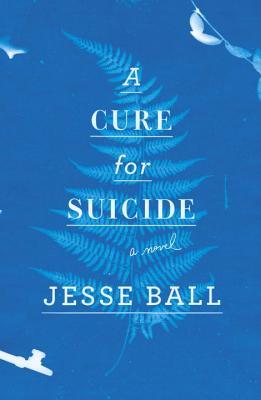
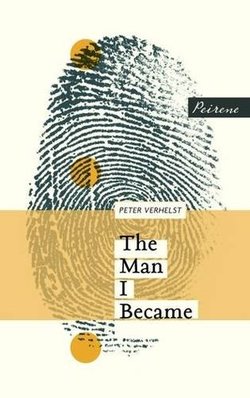
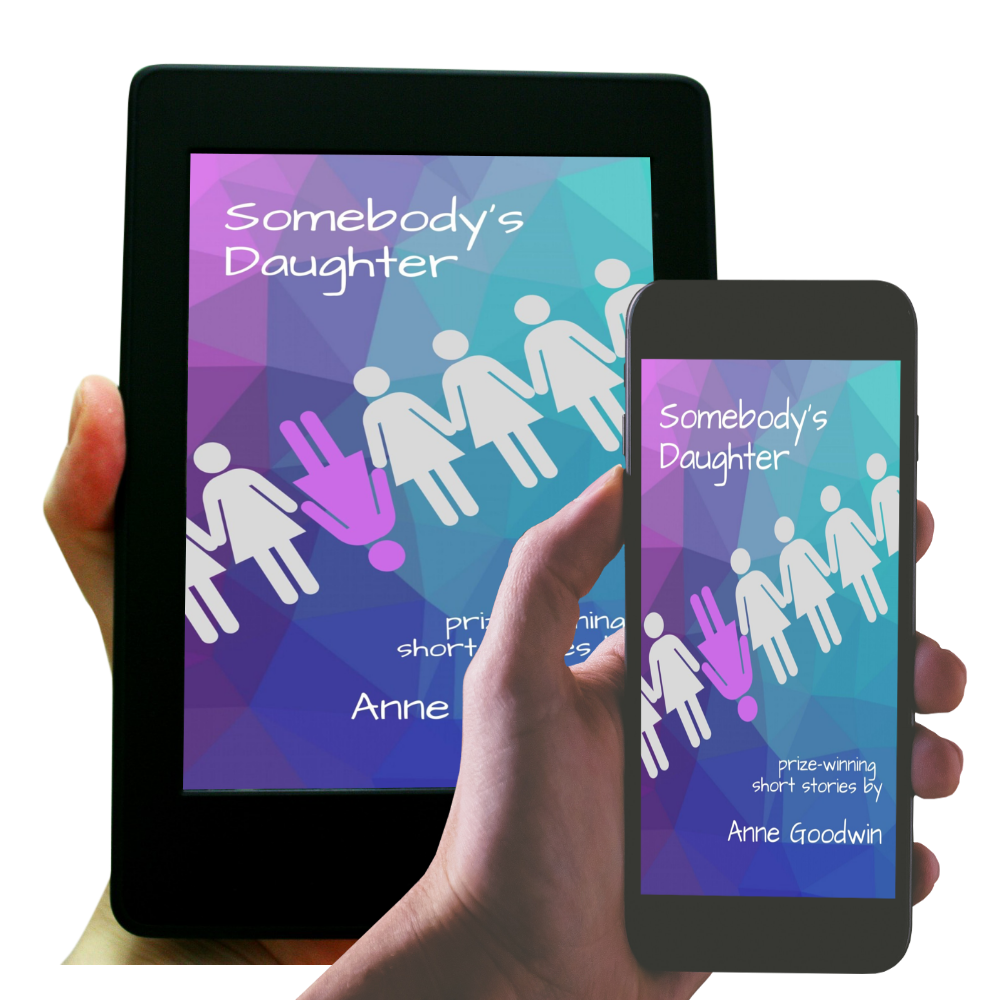
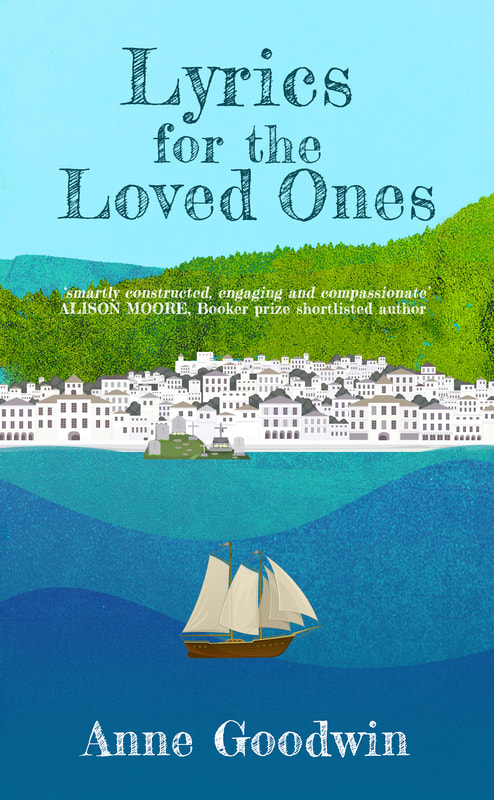
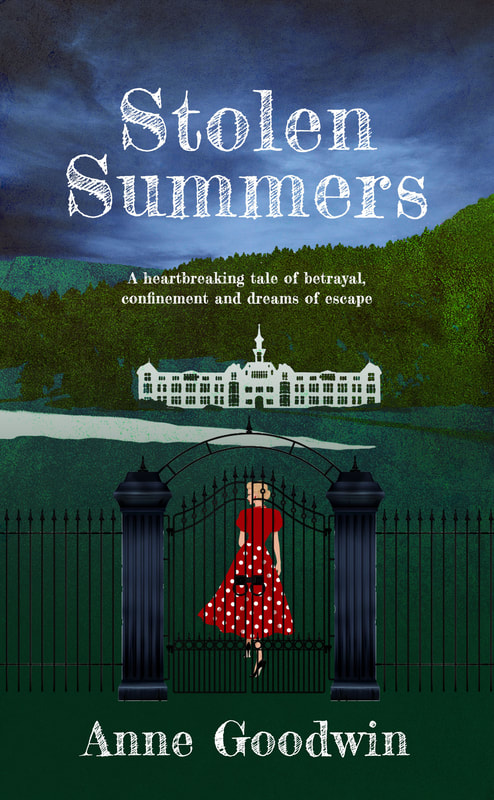


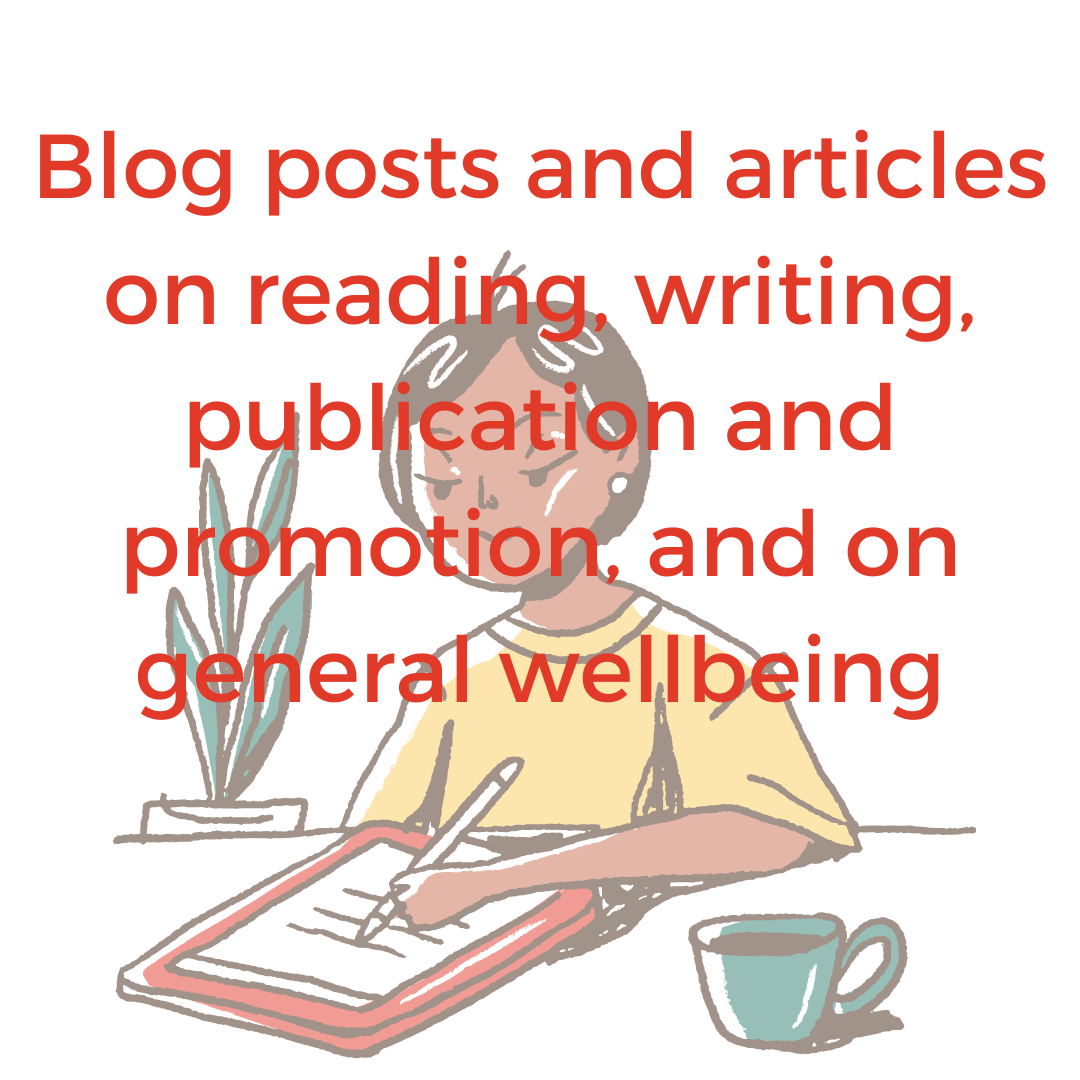
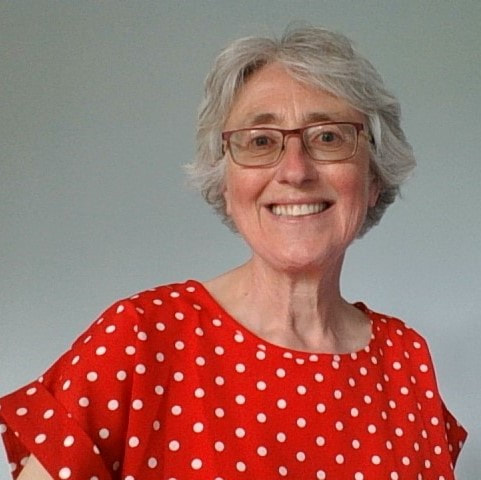
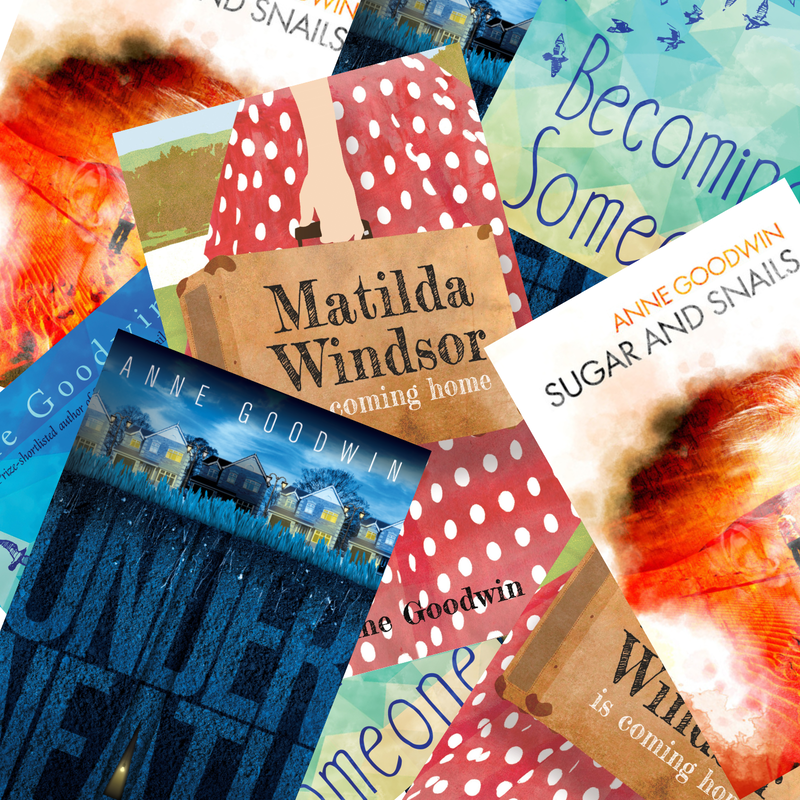
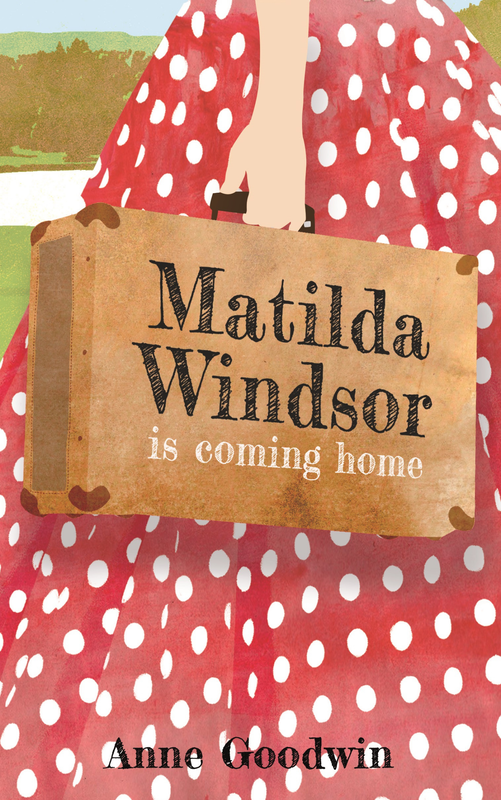
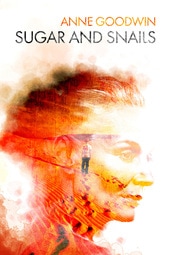

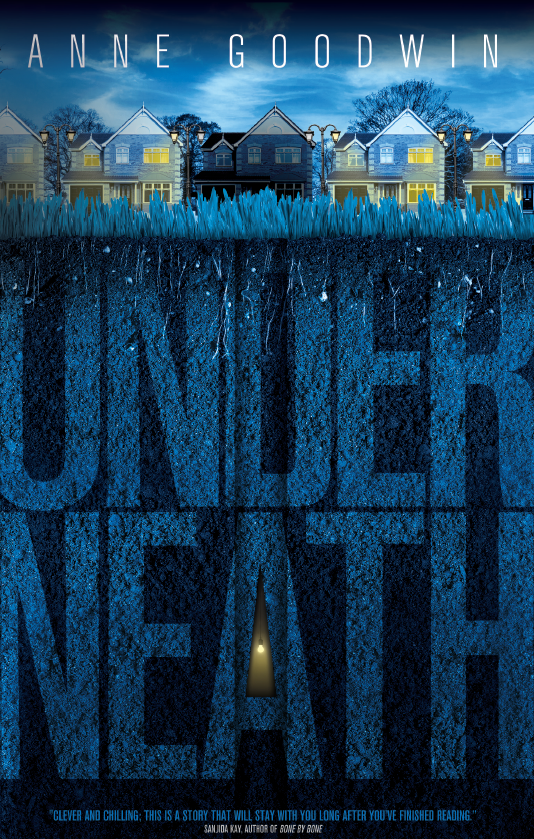
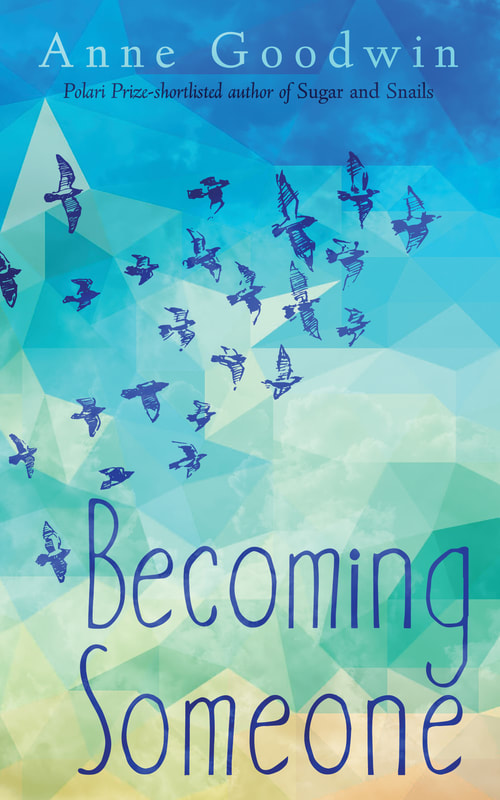






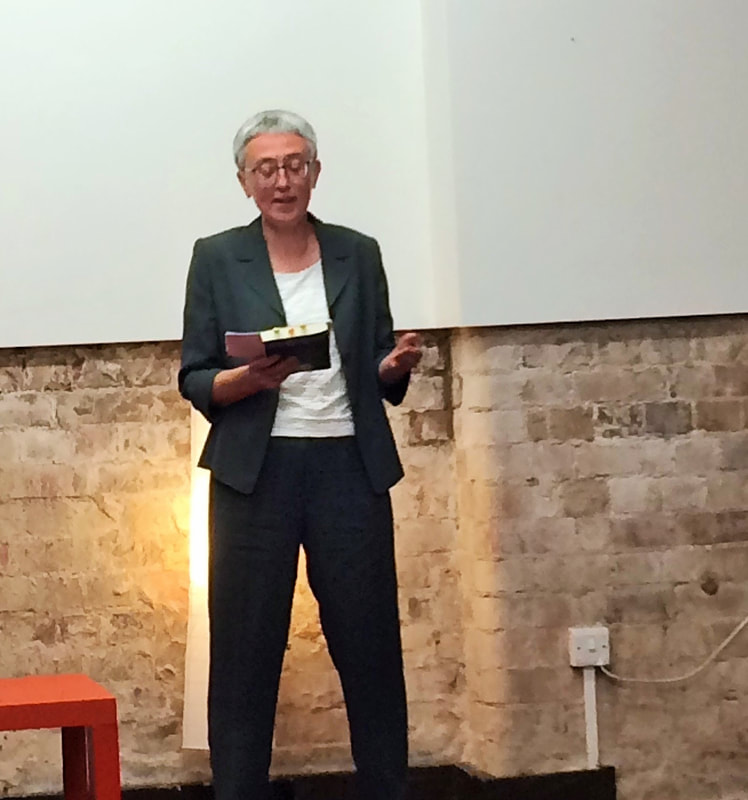

 RSS Feed
RSS Feed

